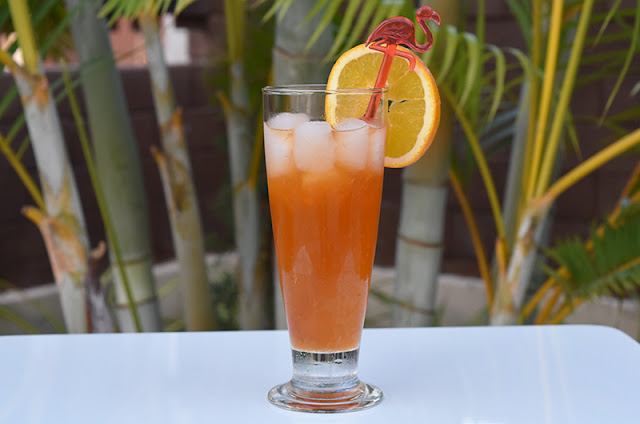Cha Yen
You may be familiar with this Thai iced tea, it's the milky, orange drink that's often served in Thai restaurants in the United States and Europe. In the typical Thai iced tea, you'll find black tea brewed with boiling water using a cloth strainer, plus some sweetened, condensed milk, served over ice with sugar and a little evaporated milk on top. These days the reddish-orange color is the product of food coloring, though traditionally it may have come from a natural source. If you prefer your Cha Yen without extra sugar, you can ask for it mai waan, which means "not sweet." You'll still get a little sweetness from the condensed milk but at least you won't get the scoop of sugar on top of that.Cha Manao
If you want the iced tea but don't want all the dairy products that are typically served with it, you can ask for a cha manao, which, translated into English, means "lime tea." That's brewed just the same as cha yen but instead of being served with condensed milk, is served with freshly squeezed lime juice. The default is to serve it very sweet, so if you do not want any sugar, as for it mai waan as you would with cha yen.Nam Manao
Nam manao is just lime juice, water, and sugar served together. Like similar drinks you'll find in India and other countries with hot climates, it's a basic, refreshing tropical beverage. If you order a nam manao from a street vendor it's likely to be sweetened, but if you order one at a restaurant you'll be served sugar syrup on the side. Nam manao is a great complement to spicy Thai curries.Manao Soda
This is just fresh lime juice served with soda water and sugar syrup if you want. This is a great substitute for sweetened sodas and any restaurant in the country will serve this up.Sweet Sodas
See more: The best Thai desserts to indulge in
Source: Internet






























